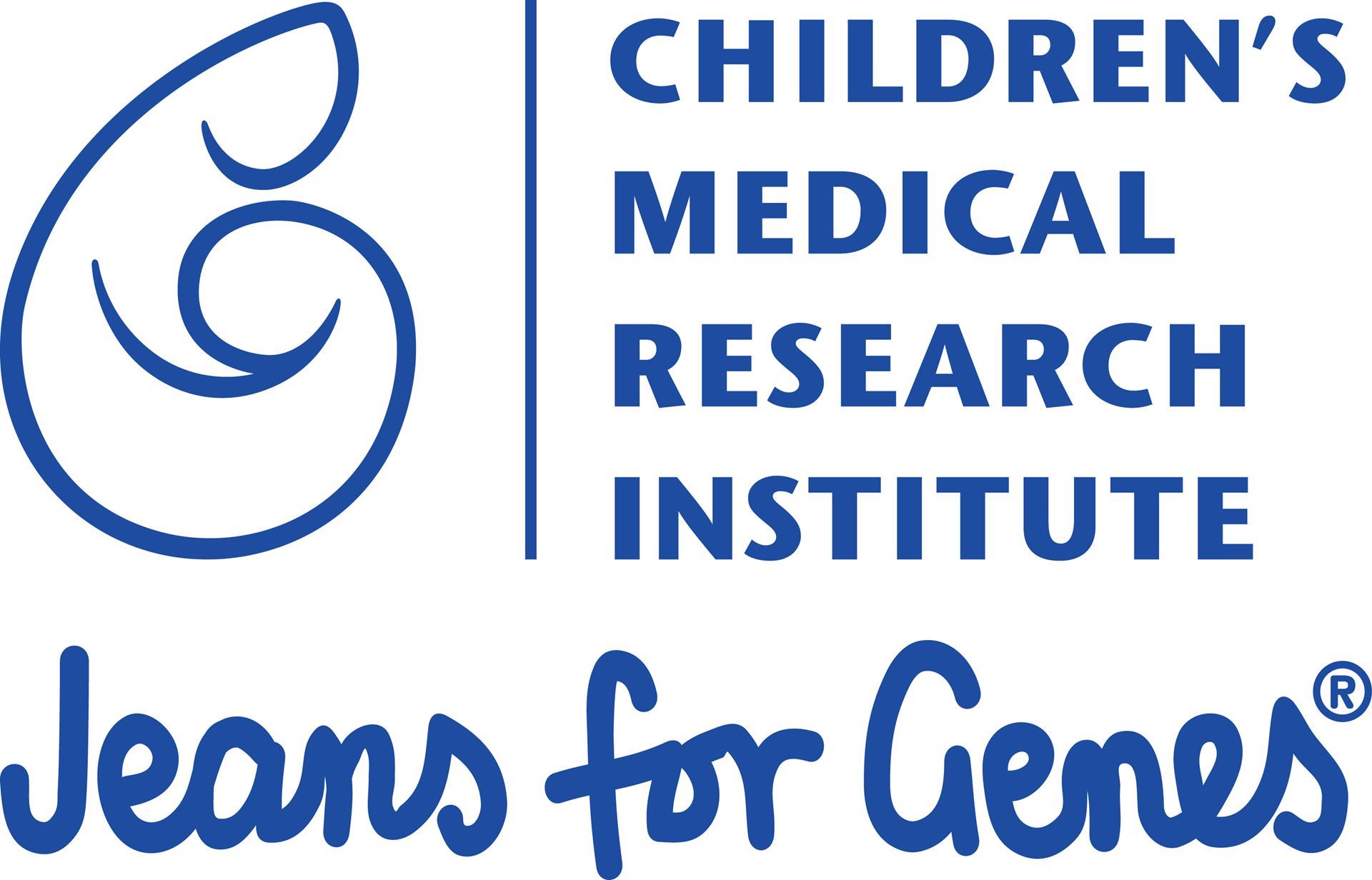Scientists at Children’s Medical Research Institute in Westmead have solved a big mystery in cancer research – why cells die in different ways following radiotherapy. This surprising finding opens up new opportunities to improve treatment and increase cure rates.
The findings were published in Nature Cell Biology by first author Dr Radoslaw Szmyd of CMRI’s Genome Integrity Unit, which is led by Professor Tony Cesare.
Radiation therapy (also called radiotherapy) is a critically important type of cancer treatment. Scientists have struggled for decades to understand why radiation therapy kills cells from the same tumour in different ways. This is important because some forms of cell death are unnoticed by the immune system, while others trigger an immune response that kills other cancer cells. Unleashing the patient’s immune system to kill cancer cells and clear tumours is a major goal of cancer treatment.
.jpg)
“The surprising result of our research is that DNA repair, which normally protects healthy cells, determines how cancer cells die following radiotherapy,” said Prof Cesare. “The DNA inside our cells is constantly experiencing damage, and DNA repair is happening all the time to fix that damage and keep our cells healthy. Now, however, it seems these repair processes can recognise when overwhelming damage has occurred (such as from radiotherapy), and instruct a cancer cell how to die.’’
In addition to solving a major scientific puzzle, these discoveries will make it possible to use drugs that force cancer cells treated with radiotherapy to die in a manner that alerts the immune system to the existence of a cancer, (which the immune system had not previously noticed), signalling that the cancer needs to be destroyed.
.jpg)
Prof Cesare credits these breakthroughs to live cell microscope technology that enabled his team to follow irradiated cells for a week following radiation therapy. “Live imaging showed us the full complexity of outcomes following radiation therapy, allowing us to tease out exactly why this occurred.”
Co- project lead, Associate Professor Harriet Gee, a radiation oncologist from the Western Sydney Local Health District Radiation Oncology Network, said these findings answer a clinical question that has puzzled the field for 30 years.
“We found that the manner in which tumour cells die after radiotherapy depends on the engagement of specific DNA repair pathways, particularly when radiation is given at very high, focussed doses. This opens up new opportunities to enhance radiation efficacy through combination with other therapies, particularly immunotherapy, to increase cancer cures.’’
Prof Cesare said Dr Szmyd worked for six years on this “incredibly difficult nut to crack’’ and “The perseverance required for a project of this scope is a testament to Radek and the team. Everyone is aware of patients battling cancer. Discovering something like this that has the potential to make a big difference to people’s lives is very rewarding.’’
To donate to the scientists and the research at CMRI visit: https://www.cmrijeansforgenes.org.au/
Children’s Medical Research Institute (CMRI) is an award-winning state-of-the-art medical research organisation dedicated to researching the genes and proteins important for human development, health and disease. Affiliated with the University of Sydney, CMRI is supported in part by its key fundraiser Jeans for Genes® and the Luminesce Alliance and is located at Westmead, a major health and innovation precinct in Sydney, NSW, Australia.
